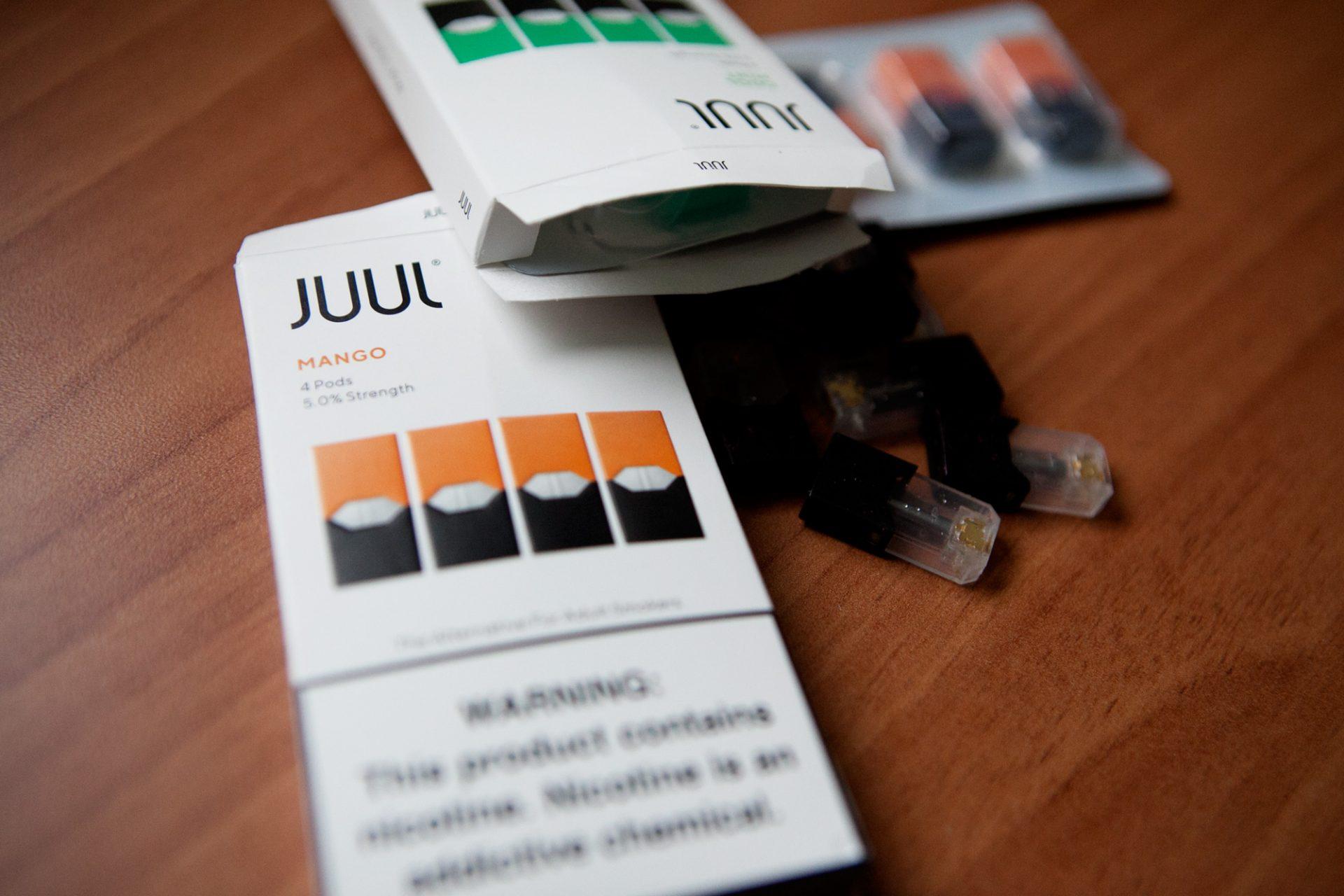Vaping products should be treated as an over-the-counter drug, which would group them with products like nicotine gums, lozenges and patches.
App State regulation and North Carolina law consider e-cigarettes tobacco products because they contain nicotine.
“Zero nicotine” products still contain nicotine, according to tests run by Dr. Ilona Jaspers, a toxicologist at the UNC Center for Environmental Medicine, Asthma and Lung Biology.
E-cigarettes are under little regulation at this time but the FDA is expecting them to be fully regulated by 2022.
Manufacturers of the liquids used in e-cigarettes will not be required to list harmful and potentially harmful constituents until November 2019, according to the FDA.
The flavors used in e-cigarettes are generally recognized as safe, according to the FDA. They are used in foods we eat everyday and manufacturers are not allowed to surpass levels safe for consumption. While true, flavors that are safe for ingestion have not been tested for inhalation.
“The route of exposure makes the poison,” Jaspers said.
The Flavor and Extract Manufacturers Association has identified over 1,000 flavorings that may have health risks from inhalation.
This includes the chemicals that flavor butter products and cinnamon products. When ingested, the liver and kidneys are able to detoxify these flavors. Inhaling them through vaping, however, bypasses these systems.
Diacetyl, the butter flavor, is a good example of how route of exposure can make something poisonous, Jaspers said. It can be found in popcorn, dairy products and other foods. When inhaled in low doses, such as the scent of popcorn in a movie theater, it is harmless. It is only when inhaled on a daily basis in large quantities that it can become a hazard.
Popcorn lung is a disease caused by exposure to diacetyl, Jaspers said. It was named after workers in a microwave popcorn plant began experiencing respiratory issues. They had shortness of breath, wheezing and a dry cough. It was later found that it causes irreversible scarring and obstructions in the lungs.
Cinnamaldehyde, the cinnamon flavor, also has hazardous effects when inhaled. The body’s immune system can be inhibited, leaving people at risk for disease, Jaspers said.
The risk of cancer from e-cigarettes cannot be verified, Jaspers said. E-cigarettes have been on the market for about 10 years, which does not provide enough time for a long-term study.
Jaspers said she hopes to investigate possible health effects of the vapor from e-cigarettes in the future. The vapor should be considered an aerosol as it has other components besides water, Jaspers said. These additional components could cause secondhand problems.
Vaping may be a useful tool for traditional cigarette smokers to use as they try to quit, Jaspers said. With different amounts of nicotine, a smoker can wean themselves off cigarettes. It is possible to use e-cigarettes in tandem with other products like nicotine patches.
However, people who have never smoked traditional cigarettes may become addicted to nicotine, Jaspers said. With this addiction, users may switch to traditional cigarettes in the future.
Switching e-cigarettes to an over-the-counter drug is a sensible change that would provide further regulation. These regulations would provide consumers with a dosage amount and information on the possible health effects.
Many of the customers buying e-cigarettes said they are trying to quit smoking, Jesse Enderson, an employee at Juicee Coil, said. Most of their customers are in their late 20s and older.
Despite this, there is an epidemic of United States youth using e-cigarettes with up to 11 percent of high schoolers and 4.3 percent of middle schoolers in 2016, according to the FDA.
As an over-the-counter drug, the FDA would control how e-cigarettes are advertised. This would keep companies, such as Juul, from advertising vaping products to a younger demographic.
The FDA is threatening to take action against companies like Juulif the youth usage epidemic continues. Action from the FDA could hurt adult users if the manufacturers do not make an effort to reverse the trend of youth usage.
“I do think e-cigarettes probably have a place in our society,” Jaspers said.
E-cigarettes pose a health risk that cannot be overlooked. However, for those trying to stop smoking traditional cigarettes, the risk is worth it.
Making e-cigarettes an over-the-counter drug still makes them accessible to the general public while shifting public attitude from using them as a hobby to using them as a tool to quit smoking. Regulation would also ensure that they are created to be as safe as possible.
Nyctea Martell is a senior biology major.
Photo by: Mickey Hutchings, Photo Editor
Featured photo caption: Boxes and empty Juuls pods litter a desk. Juuls are widely used by teenagers and college students.


